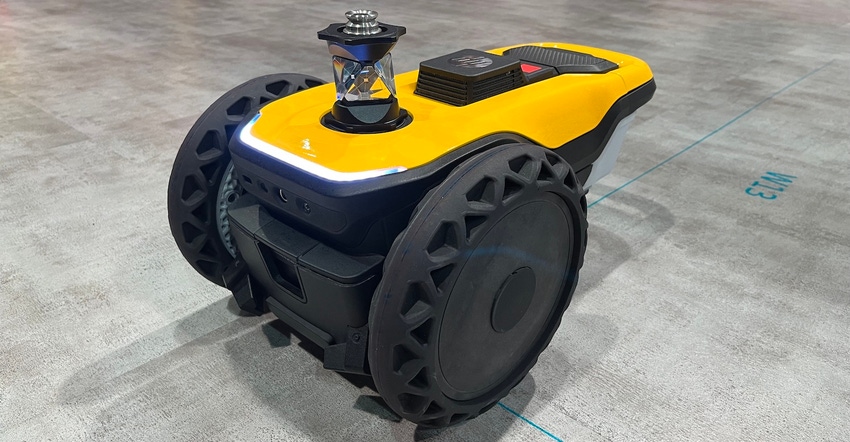Experts Say Labor Shortage Big Driving Factor in Construction Automation Push
A host of other factors also are driving a closer look at construction automation options, according to experts. Some products they discussed were featured at the World of Concrete recently.

The ongoing labor shortage in the construction industry is having unintended consequences that could impact the way we think about construction jobs in the decades ahead.
Henning Roedel, who serves as the robotics lead for DPR Construction, was among several experts who spoke candidly about the state of jobsite automation at a recent World of Concrete panel in Las Vegas.
“You say the word ‘robot’ in any context and the first thought is ‘well, whose job is it going to take?’” Roedel said at the panel session, which focused on the future of robotics and jobsite automation in the industry. “We get it, but more often than not I’d say the industry is ready for it and that’s why we’re starting to see more of these robotics systems.”
He said he thinks the labor shortage is a driving force behind rising interest in jobsite automation.
Martin Fischer, a professor of civil and environmental engineering at Stanford University, said there aren’t many places where robots can effectively handle the conditions and situations that occur on construction sites. “You need to have a work method that works all the time,” he said, citing consistency as a main challenge of robotics in construction.
Carter Davis, the director of digital construction services at Hilti, said most of the advancements in robotics in the industry are “human augmentation” that allows workers to be safer. “There are robots that are more autonomous, but if a human is not in the loop, I’m less interested in adopting it,” he said.
Davis said robots would not take jobs, adding, “They’re going to increase productivity; they’re going to reduce injuries because they’re going to take on the heavy load.”
One example of a machine Davis was referring to, one that augments rather than replaces, is the Mule, a product made by Construction Robotics.
The Mule is a robotic arm, controlled by a human operator, that can lift and place masonry blocks two at a time.
The company’s cofounder, Scott Peters, said products like the Mule, which he calls “smart-lifting technology,” can improve productivity and make jobsites safer.
“What’s the cost of a shoulder injury to a business? It’s hundreds of thousands of dollars,” he told ConstructioNext.com on the show floor. Peters said that the price of a machine like the Mule, which costs about $80,000 to own and can be rented, pales in comparison to the potential cost of jobsite injuries for a business.
Back at the panel, Todd Wynne, chief innovation officer at Rogers-O’Brien Construction, said robotics plays large roles on his jobsites with the use of documentation robots like terrestrial drones.
He said the industry’s discussion about robotics now includes assisted robotics, which can act more autonomously. As an example, he cited demolition robots that can be controlled from a remote.
Wynne called the labor shortage a serious problem and said the industry is at the tip of the spear in addressing it. He said the shortage is making the embracing of robotics on the jobsite ”a necessity.“
Wynne mentioned that tech giant HP has entered the construction space with a machine called HP SitePrint. It’s an autonomous robot that prints designs and layouts onto floors for builders.
At a demo for SitePrint at World of Concrete, Xavier Juarez, a construction services business director for HP, said the company feels very good about the product. “We think that we have found a way to help in a niche,” he said. Juarez said previously converting site-plan drawings from paper to floor plans was time consuming and tied up resources.
SitePrint took five years to develop, and he anticipates the company will keep working to create new versions of the robot.
About the Author(s)
You May Also Like




